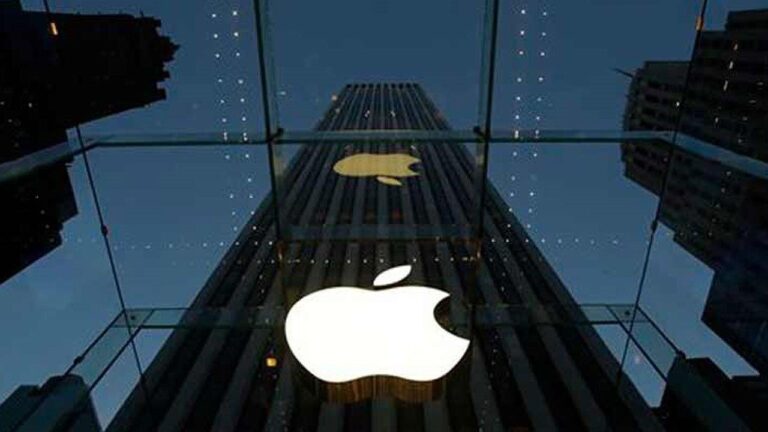There are still too many reasons why this won’t work.
- Wearable technology is not a new idea; it is just that no one has managed to create any with mass market appeal.
- Remember the Microsoft SPOT watches from 2003? (Click here if you can’t)
- Another example is the older generation of the iPod Nano which came with a wrist strap and a clock function but it never really caught on.
- I suspect that a combination of short battery life and the fact that one had to turn it on to get the time was a factor in its demise.
- However, I think the biggest factor was the fact that watches are major items of fashion and Apple is not a fashion brand.
- This, I believe will be the single biggest factor limiting the appeal of smart watches beyond the geek crowd.
- There are endless rumours circulating about how Apple has 100 people working on a smart watch through Microsoft ordering components to Samsung tinkering with prototypes.
- At this stage all they are doing is experimentation and I do not believe that there are firm plans to launch products.
- This is because the evidence is that in their current form, smart watches are unlikely to sell.
- The one that comes closest is the Martian Passport Watch.
- To me, this is because it can almost pass as a regular watch and will function as one when the user glances at it just to know the time.
- In my mind there are three criteria that need to be met before this segment will fly.
- First. A smart watch needs to offer functionality that adds utility. i.e. it needs to do something more than act as a mini-screen and remote control for a smartphone.
- Second. A smart watch needs to tell the time with exactly the same ease, reliability and battery life as a regular watch.
- Third and most important. A smart watch must be seen as fashion item. This, I suspect, will require the involvement of the big brands who, so far, are conspicuously absent from this whole wearable technology fad.
- Fulfil all three of these requirements and I can see the segment taking off but until then it is likely to remain the realm of dreams and white elephants.









Blog Comments
Timo Ahopelto
April 15, 2013 at 10:42 am
Really good insights, especially to three-bullet-list at the end. As an investor in this space I have been wondering what the consumer value proposition would really be. It is interesting to see how the Pebble users really will see the watch in real-life – that is a great test for smart watches.
windsorr
April 15, 2013 at 11:25 am
Many thanks….Think the pebble will fail against criteria one and three. dont know about two.
@samanjj
April 15, 2013 at 7:01 pm
Agree to an extent. Apple is a fashionable tech brand with great exterior design. The nano came with watch faces but not a wrist band; it was not designed as a watch. Apple designs its gadgets to work well together but to function independently. 1 and 3 are relatively easy. But at the expense of 2.
windsorr
April 16, 2013 at 12:57 pm
Agree…but you need all three to make it fly…I suspect that someone will come up with the answer….I think though that 1 is more difficult than it sounds…I havent seen anything fulfils 1 in my view
Najeeb Khan
April 15, 2013 at 9:31 pm
I think the 3 criteria can be fulfilled:
(1) Smartphone screens are getting very large – they will increasingly be less convenient to remove from your pocket, bag, pouch and used one-handed. Glance-able, wrist-based updates that convey *real* info could be very useful.
Wearable devices might have their own sensors (heart-rate) conveying info to the smartphone.
(2) The main concern here is about readability and battery life. Technologies such Bluetooth 4 (Bluetooth Low Energy) and Colour e-ink displays such as Mirasol, Liquavista may possibly address these types of concerns.
(3) Luxury watches tend to cost £1500 or much much more, they are status symbols in a certain price bracket and sell in limited volumes – especially watches like Hublot, Franck Muller, Patek Phillippe etc. Fashion watches bearing the name of an established fashion/sports brand tend to be at £200-£900 and sell in relatively high volumes. Smart watches priced at between £200 and £500 should be able to compete in this segment because they provide functionality and will become fashion items in themselves just like phones.
windsorr
April 16, 2013 at 12:12 pm
Dont disagree….I am looking forward to seeing the products…none have appeared yet!,